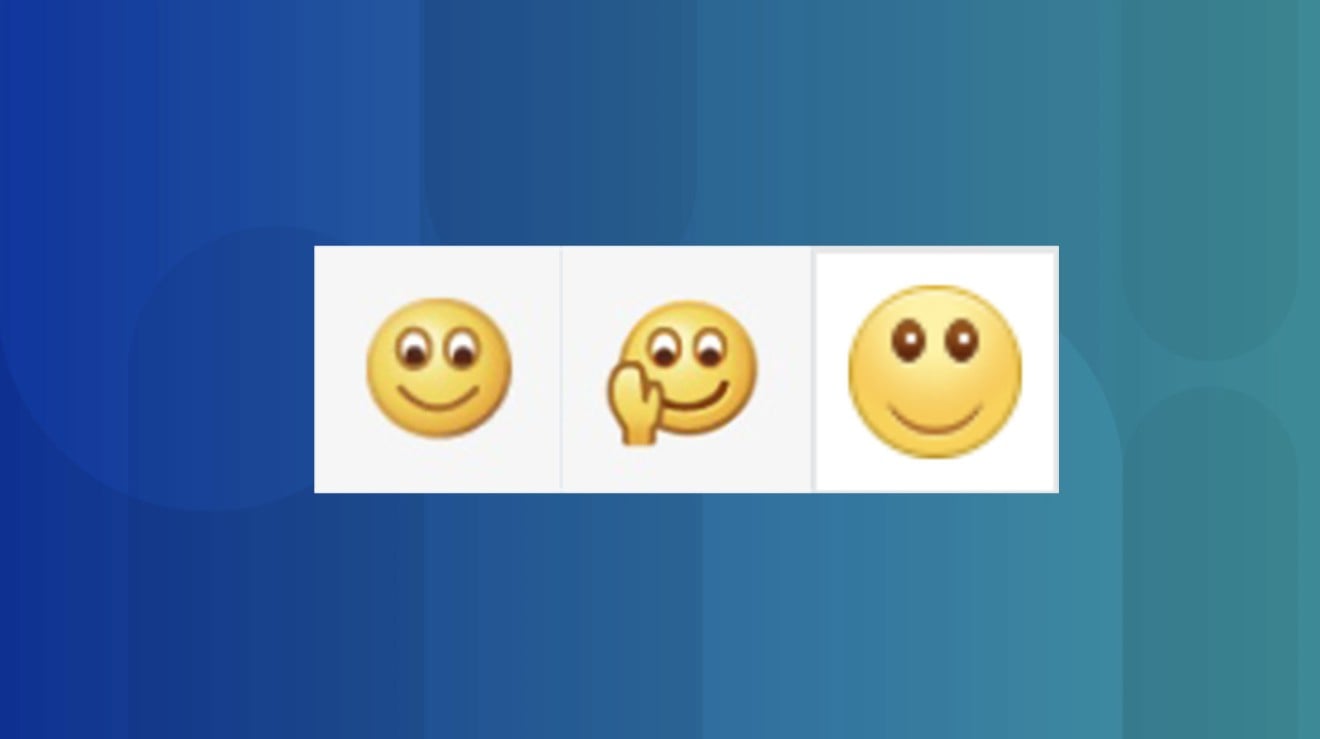It's been 20 years since the first emoji were created in Japan, and they're now used by 92% of the world's online population. In a way, it's a digital language that transcends culture. But in some cases, emoji can be used in ways that are significantly different from their original meanings, which can cause confusion if you're not careful. This is especially true when it comes to China's unique internet culture.
Chinese netizens are avid users of emoji and animated stickers. China's two most popular social platforms, WeChat and Weibo, even have their own set of emoji. For different reasons, they also have their own unique meanings.
In 2013, the picture of a Shiba Inu dog took the internet by storm. Not even China was immune to the charm of the Doge meme, which showed the dog looking at the camera knowingly with its paws crossed while surrounded by broken English phrases. In the intervening years, the popularity of the original meme has waned, but the emoji version remains popular on Weibo in China.

When you see a Weibo comment or post with one or a few Doge emoji at the end of the sentence, the user could mean the opposite of what they're saying. It has essentially become a symbol of sarcasm, which is especially useful for expressing political views on China's heavily censored social media.
In one example, under a Weibo post from Global Times chief editor Hu Xijin about the Hong Kong protests, someone wrote, "It must be foreign forces who paid for the hundreds of thousands of people (protesters)," followed by three Doge emoji.
Under another post about Huawei's new patent for its smartphone camera's moon mode, one user wrote, "I did not p (Photoshop) the pictures, and I own the supportive patent and technology. Huawei is awesome!" Then it was followed by a Doge emoji. (The user also drove the point home by adding the word "vomit" after the Doge emoji, which brought a number of hostile responses.)
Not all of China's online sarcasm is accompanied by Doge emoji, of course. And sometimes the emoji doesn't imply sarcasm at all. It could just be a knowing stare.
It's no secret now that in most cases, when your Chinese friends send you a smiley face emoji on WeChat, they are probably not just sending you a friendly smile.
The reason is the the emoji's eyes, which do not seem to match that cheerful smile. Compare 🙂 with a smiley like 😊. The difference is even more obvious in WeChat. Since the eyes don't appear to be affected the way they would be with a genuine smile, the emoji is considered to be conveying hostility. Consider it like the Captain's smile in How I Met Your Mother.

When people use the plain smiley in China, they could be expressing sarcasm, a passive-aggressive attitude or even contempt. This puts it more in line with the Upside-Down Face emoji.
As with the Doge emoji, there are exceptions. The subtle meaning of the faces are not widely known among older internet users. For them, it's still a popular way to convey friendliness. So don't be offended if you receive the emoji from, say, an older Chinese boss (unless they know what it means, of course).
Another popular emoji that's unique to Weibo is the watermelon-eating face. The emoji is a reference to the popular term "吃瓜群众," which literally means the "melon-eating masses." It refers to onlookers who are watching a situation just for fun. Think of it as a less enthusiastic or more passive popcorn eating gif.

When people use the melon-eating emoji in a comment on social media, they're self-mockingly saying that the matter under discussion is of no concern to them and that they don't want to express any opinions.
For more on China tech visit abacusnews.com or subscribe to our newsletter via abacusnews.com/newsletter for the latest China tech news, reviews and product launches.
Copyright (c) 2019. South China Morning Post Publishers Ltd. All rights reserved.







